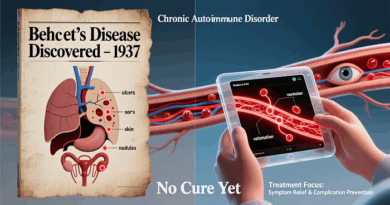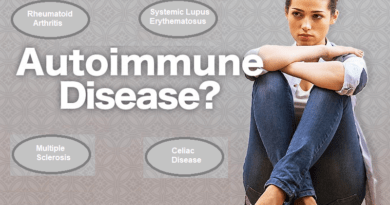Understanding Cholesterol Levels — The Good and the Bad
Last Updated on 11/17/2025 by Helal Medical
🩸 Introduction
Your body needs cholesterol to be within normal levels to build cells and produce hormones. Cholesterol often gets a bad reputation, but it’s not always harmful. The problem begins when cholesterol levels become unbalanced. The issue arises when there is too much of the “bad” type and not enough of the “good” one.
At Helal Medical in Manila, I often see patients surprised by their blood test results. They did not understand their cholesterol numbers. This understanding can help people make smarter decisions about your heart health.
🧠 What Is Cholesterol?
Cholesterol is a waxy, fat-like substance found in your blood. It travels through the bloodstream in particles called lipoproteins. There are two main types:
- HDL (High-Density Lipoprotein) – the “good” cholesterol. It helps remove excess cholesterol from the blood and carries it to the liver for disposal.
- LDL (Low-Density Lipoprotein) – the “bad” cholesterol. When too much LDL builds up in your arteries, it forms plaques. These plaques narrow the blood vessels. This increases the risk of heart attack and stroke.
❤️ Why Cholesterol Balance Matters
A healthy balance between HDL and LDL is vital for maintaining smooth blood flow and reducing heart disease risk.
When LDL levels rise or HDL drops, fatty deposits can form inside artery walls — a process called atherosclerosis.
Over time, this can lead to:
- Chest pain or angina
- Heart attack
- Stroke
- Peripheral artery disease
🥗 Factors Affecting Cholesterol Levels
Several factors can influence your cholesterol numbers:
- Diet: Foods high in saturated and trans fats raise LDL levels.
- Weight: Being overweight tends to increase bad cholesterol.
- Activity level: Regular exercise boosts HDL levels.
- Smoking: Lowers HDL and damages blood vessels.
- Medical conditions: Diabetes and thyroid problems can worsen cholesterol imbalance.
🩺 How to Check Your Cholesterol Levels
The test used to measure cholesterol is called a Lipid Profile or Lipid Panel.
It measures:
- Total cholesterol
- HDL cholesterol
- LDL cholesterol
- Triglycerides
Your doctor will suggest fasting for 8–12 hours before the test.
At Helal Medical, we offer reliable cholesterol and lipid profile testing, with same-day results and doctor consultation if needed.
Ideal values:
- Total cholesterol: below 200 mg/dL
- LDL: below 100 mg/dL
- HDL: above 40 mg/dL (men) or 50 mg/dL (women)
- Triglycerides: below 150 mg/dL
💪 How to Keep Cholesterol in Check
- Eat more fiber – oats, fruits, and vegetables.
- Avoid trans fats – found in fried and processed foods.
- Stay active – at least 30 minutes of brisk walking daily.
- keep healthy weight.
- Avoid smoking and excess alcohol.
- Take medications (like statins) if prescribed by your doctor.
Small, consistent changes in diet and lifestyle can dramatically improve cholesterol levels within months.
📊 When to See Your Doctor
Adults over 20 should have their cholesterol checked every 4 to 6 years, or more often if they have risk factors as:
- Family history of heart disease
- Diabetes or high blood pressure
- Smoking habit
- Obesity
If your test shows abnormal levels, your doctor will discuss the next steps, which may include lifestyle modification or medication.
🩵 Summary
Cholesterol isn’t always bad — your body needs it in the right amounts. The key is balance: keep LDL low, HDL high, and triglycerides under control.
Regular blood tests and a heart-healthy lifestyle are the best ways to protect your arteries and maintain long-term cardiovascular health.
🔗 Helpful Links:
- American Heart Association – Cholesterol Information
- CDC – High Cholesterol Facts
- Mayo Clinic – Cholesterol Test Overview
💬 Any concerns? Chat with Us:
You can easily reach Helal Medical via WhatsApp (+63 966 974 1609), Facebook Messenger, or by clicking the chat icon at the lower right corner of our website HelalMedical.com.
Discover more from Helal Medical Manila
Subscribe to get the latest posts sent to your email.




